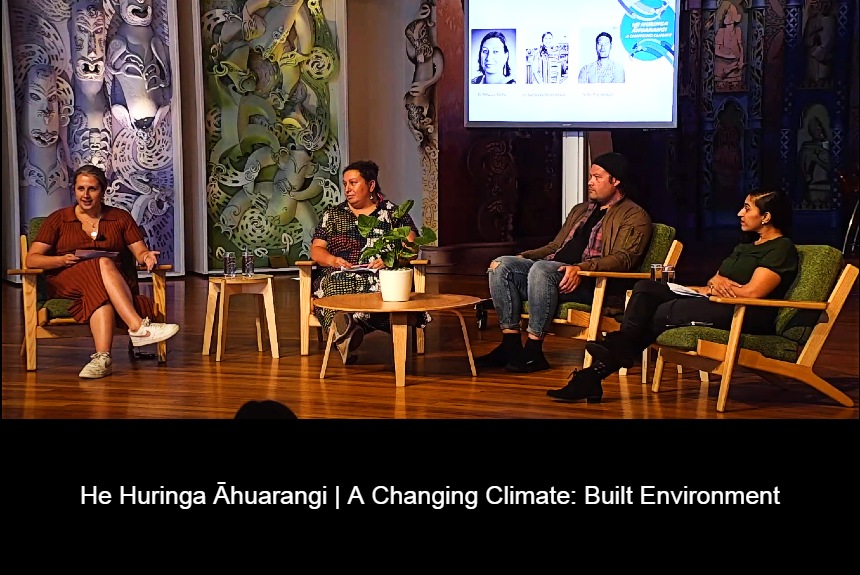Extreme events have increased and intensified worldwide, causing massive loss and damage. New Zealand has been ravaged recently by one extreme weather event after another causing at least 11 deaths, with the number expected to rise in the coming days and unprecedented property and infrastructure damage.
According to Finance Minister Grant Robertson, the cost of damage from Cyclone Gabrielle that ravaged most of the North Island is around NZ$13.5 billion (US$8.42 billion).
Climate change is affecting our built environment. How and where we build also impacts our environment – it can either protect us from natural disasters or make us more vulnerable to them.
A panel of experts and professionals in the field of urban design, indigenous knowledge and design, engineering, and climate adaptation discuss how climate change influences how we design or redesign our built environment, how indigenous knowledge and traditions help us more resilient and adapt to the changing climate, and so much more.
The speakers include the following: Dr Rebecca Kiddle, Director, Te Manawahoukura, Centre of Rangahau Excellence, Te Wānanga o Aotearoa; Dr Sandeeka Mannakarra, senior lecturer of civil and environmental engineering at the University of Auckland and a proponent of the Building Back Better framework; and Te Ari Prendergast design lead at Warren and Mahoney’s architecture specialising in authentic culturally appropriate designs consistent with iwi values gave their response to the following questions:
- How can architecture, engineering, and urban design reduce our carbon emissions and make us more sustainable?
- What challenges does the building industry face in becoming more sustainable and resilient?
- How can cities be better, and how can we design them to cope with these extreme weather events that are expected to increase in frequency and severity?
- How can the built environment help the iwi (Māori community), Hapū (Māori subtribe or clan), and Whānau (family) achieve their aspirations and address climate change impacts?
- How can traditional building techniques and Indigenous knowledge be used alongside the latest technology and research?
- What is your vision for Aotearoa, New Zealand’s built environment in the next ten and even 100 years?
Watch the video to hear the expert panel’s informative and insightful answers to the above questions.
Source:
He Huringa Āhuarangi | A Changing Climate: Built Environment. (23 February 2023). Museum of New Zealand Te Papa Tongarewa. [videofile]. Retrieved from https://www.youtube.com/watch?v=FeJbA0nf8Kw
Cost of cyclone clean-up likely to exacerbate inflation – economist. (2023, February 20). 1 News. Retrieved from https://www.1news.co.nz/2023/02/20/cost-of-cyclone-clean-up-likely-to-exacerbate-inflation-economist/
FEATURED IMAGE CREDIT: Screenshot from the Museum of New Zealand Te Papa Tongarewa video.



Leave a Reply